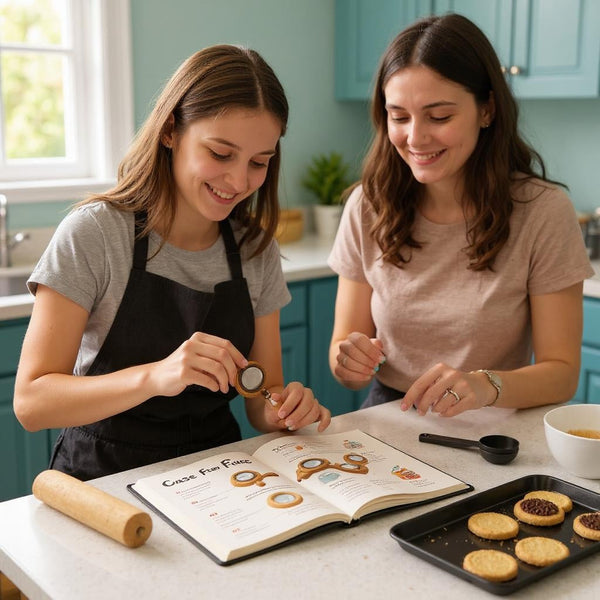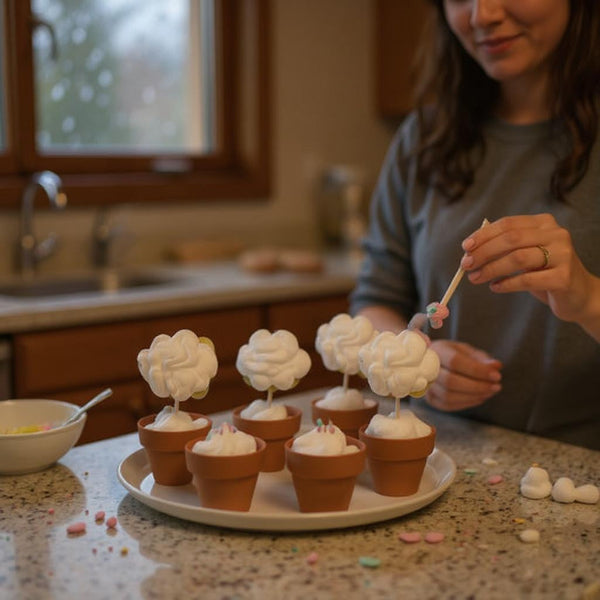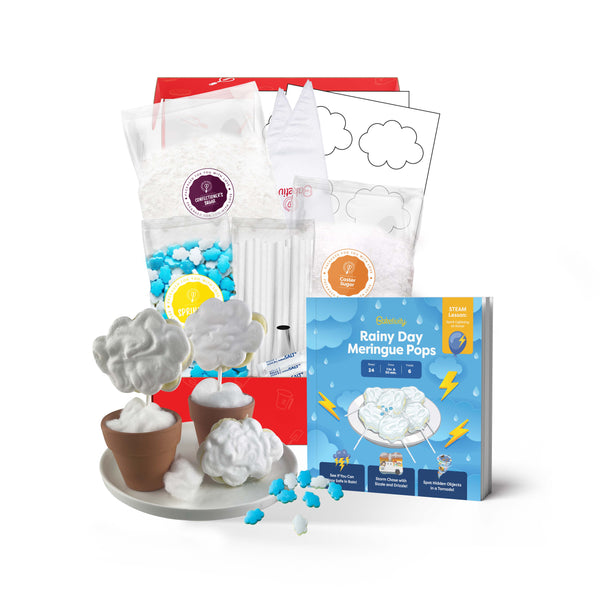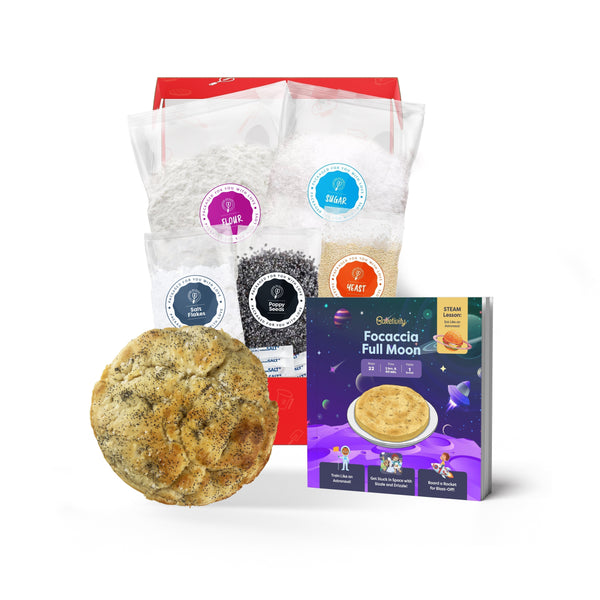Key Takeaways
- Homeschooling activities make learning engaging, helping children grasp concepts more effectively while fostering curiosity and motivation.
- Hands-on activities like experiments, art projects, and creative games promote critical thinking, self-expression, and problem-solving.
- Incorporating physical activities and outdoor exploration supports health, focus, and a balanced learning routine.
- Activities tailored to children's interests and learning pace ensure personalized education, enhancing both enjoyment and outcomes.
- Group activities, such as co-ops or team projects, build social skills and foster collaboration, even in homeschooling setups.
- Organizational strategies like flexible schedules and combining fun with education encourage consistent motivation and effective learning.
Homeschooling opens up a world of possibilities for learning, but let’s face it—keeping lessons engaging can sometimes feel like a challenge. How do we balance education with fun while ensuring our kids stay curious and motivated? The answer often lies in the activities we choose to bring lessons to life.
From hands-on experiments to creative games, the right activities can turn any subject into an adventure. They not only help kids grasp concepts more effectively but also make the process enjoyable for everyone involved. After all, learning doesn’t have to feel like a chore.
What if we could make every day an opportunity to explore, create, and grow together? By incorporating thoughtful activities into our homeschooling routine, we can spark curiosity and foster a love for learning that lasts a lifetime. Ready to dive into ideas that inspire both fun and education? Let’s explore them together.
Benefits Of Homeschooling Activities
Homeschooling activities play a key role in enhancing your child’s learning experience. Engaging in activities makes subjects easier to understand and helps foster critical thinking. By moving beyond traditional lessons, children can relate concepts to real-world applications.
Interactive activities encourage a love for learning by sparking curiosity. For instance, science experiments teach problem-solving, while art projects promote self-expression. These hands-on experiences make education enjoyable and memorable.
Activities offer flexibility to adapt teaching to your child’s pace and interests. Some children grasp mathematical concepts faster through puzzles, while others benefit from story-based teaching methods. This adaptability supports personalized development.
Including group activities fosters social skills. Collaborative projects, like team debates or co-ops, teach cooperation and communication. Even within a homeschooling setup, children can develop strong interpersonal traits.
Physical activities improve both health and focus. Outdoor games or yoga sessions act as productive breaks, maintaining a balance between academics and overall well-being. These activities create a routine that integrates movement into daily learning.
Homeschooling activities also provide opportunities for family bonding. Baking together can reinforce measurements and fractions, while stargazing links science and storytelling. Such shared experiences strengthen relationships while enriching education.
What methods do you find help your child learn best? Exploring different activities can unlock potential and make learning both engaging and impactful.
Types Of Homeschooling Activities

Homeschooling activities enrich learning by blending structure with creativity. These activities engage different skills, support cognitive growth, and make education enjoyable. What methods resonate with your child's learning style?
Academic Activities
Academic activities form the foundation of homeschooling. Worksheets, reading sessions, and math games strengthen essential skills. For example, children can solve interactive puzzles to build problem-solving abilities. Science experiments like making a volcano or observing plant growth teach critical thinking and curiosity. Incorporating online tools, such as educational apps, provides added variety.
Creative And Artistic Activities
Creative activities inspire self-expression and innovation. Art projects like painting or sculpting develop fine motor skills. Writing exercises, including story creation or journaling, enhance communication and imagination. Music practice, whether learning an instrument or composing songs, fosters concentration and discipline. Does your child enjoy exploring art or creating something new?
Outdoor And Physical Activities
Physical activities encourage healthy routines and exploration. Nature walks, gardening, or outdoor obstacle courses combine fitness with environmental awareness. Playing sports improves coordination and teamwork. Activities like bird watching or stargazing make science topics more relatable. Family-focused exercise, such as yoga or hiking, nurtures both health and bonding.
Social And Group Activities
Group activities contribute to emotional and social development. Engaging in book clubs, team projects, or local co-ops helps children practice collaboration. Community service or group field trips connect learning to real-world contexts while building a sense of responsibility. Do you think these activities could help children build meaningful connections?
How To Choose The Right Activities

Selecting the right homeschooling activities can feel overwhelming. By focusing on your child's learning goals and interests, the process becomes more manageable and rewarding.
Aligning With Learning Goals
Activities should connect directly to what your child needs to learn. Ask yourself, "What concepts or skills are most important right now?" For example, use science experiments to teach critical thinking or math puzzles to build problem-solving skills. Prioritize activities that strengthen these areas while keeping learning engaging.
Consider your child’s strengths and challenges. If a student struggles with reading, integrate activities like storytelling or phonics games to build confidence. For advanced learners, challenge them with projects that deepen understanding. Identify what aligns with their current stage to make learning progress smoother.
Considering Children's Interests
Activities tied to your child’s hobbies encourage enthusiasm and effort. What does your child enjoy outside of schoolwork? For example, a child with an interest in animals might love nature walks or creating reports on wildlife. Kids fascinated by technology may find coding games exciting.
Let them choose from a list of options. This promotes autonomy and keeps them motivated. Ask, "Which of these sounds the most fun to you?" Even minor preferences, like the choice between painting or sculpting, can boost engagement and learning outcomes by involving them in the decision-making process.
Resources And Tools For Homeschooling Activities
Finding the right tools can transform homeschooling into an interactive and engaging experience. Whether you're searching for tech solutions, hands-on materials, or local connections, there are various resources to explore.
Online Platforms And Apps
Educational apps and platforms support diverse learning needs. Many offer interactive lessons, virtual experiments, and customizable games to reinforce concepts. For example, language-learning apps help build vocabulary through repetition, while math platforms provide logic puzzles to strengthen problem-solving skills. Look for tools that track progress and offer feedback to guide your child’s development. What types of digital resources have inspired your child's curiosity?
Printable Worksheets And Materials
Printable materials cater to lessons in subjects like reading, science, and art. Worksheets improve specific skills, such as comprehension or arithmetic, while printable templates guide arts and crafts projects. Free and paid resources are available online, making it easy to access relevant content. Parents can also create custom worksheets to complement current lessons. Do physical activities like worksheets make your teaching more effective?
Community Groups And Co-ops
Homeschool groups create connections for shared activities, field trips, and group projects. Co-ops provide opportunities for parents to teach subjects of interest while kids interact with peers in structured settings. Local libraries, sports leagues, and parent organizations often host meetups, fostering social skills and collaboration. How might these group experiences enhance your child’s learning?
Tips For Organizing Homeschooling Activities
Homeschooling activities thrive on organization and creativity. A structured yet flexible approach helps kids stay engaged and excited about learning. Here’s how to plan effectively.
Creating A Schedule
A consistent schedule keeps the day organized and helps children anticipate what comes next. Start by blocking time for core subjects like math and language arts, then allocate periods for creative projects and outdoor activities. Rotate tasks every 30-60 minutes to maintain focus.
Involve children in planning by letting them choose activity times or days for projects they enjoy. Would they prefer science experiments after lunch or art sessions in the morning? Including their input can boost participation and reduce resistance.
Use tools like whiteboards or printable planners to create a visual timeline for reference. Clearly outline times for breaks, snacks, and exercise to foster a balanced routine. Flexibility allows room for spontaneous activities or experiments sparked by curiosity.
Balancing Fun And Education
Interactive games and hands-on activities make complex topics approachable. For example, turn math into an exciting puzzle-solving challenge or use cooking to teach fractions. Integrating fun into lessons transforms learning into an adventure instead of a chore.
Think of ways to combine academic goals with your child’s interests. Does your child love nature? Plan a science lesson outdoors or include gardening. Are they drawn to music? Create rhymes to help them memorize historical facts.
Focus on progress rather than perfection. Activities don’t need to cover too much material at once if they encourage curiosity and skill development. How can lessons spark their imagination or connect to everyday experiences? Building these bridges brings learning to life.
Conclusion
Homeschooling offers a unique opportunity to tailor education to our children's needs while fostering creativity, curiosity, and connection. By thoughtfully incorporating engaging activities, we can transform learning into an exciting journey that inspires growth and discovery.
Whether it's through hands-on experiments, outdoor adventures, or group projects, the right activities can make a lasting impact. Let's embrace the flexibility of homeschooling to create meaningful experiences that not only teach but also spark joy and build lasting memories.
With the right balance of structure and creativity, we can help our children thrive academically, socially, and emotionally while nurturing a lifelong love for learning.
Frequently Asked Questions
What are some fun homeschooling activities to keep lessons engaging?
Incorporate hands-on activities such as science experiments, creative art projects, interactive games, or outdoor exploration. These activities make lessons enjoyable, spark curiosity, and help kids grasp concepts in a fun and engaging way.
How can I make homeschooling more effective for my child?
Tailor activities to your child’s learning pace, interests, and goals. Use real-world applications like baking for math or stargazing for science. Focus on progress, not perfection, and encourage creativity and problem-solving.
Why are group activities important in homeschooling?
Group activities help develop social skills, emotional intelligence, and collaboration. They provide opportunities for kids to work together, share ideas, and build confidence while learning in a supportive environment.
How do physical activities enhance homeschooling?
Physical activities improve focus, overall health, and energy levels. Outdoor activities, sports, or even yoga sessions can refresh the mind and make learning more balanced and effective.
What types of academic activities are best for homeschooling?
Worksheets, problem-solving tasks, and science experiments are effective academic activities. They build critical thinking, reinforce core concepts, and make subjects easier to understand.
How can creative activities benefit my child’s learning?
Creative activities like art, music, or storytelling foster self-expression, innovation, and creativity. These activities keep children engaged and encourage them to think outside the box.
How do I decide on the right homeschooling activities?
Focus on your child’s interests, strengths, and challenges. Align activities with their learning goals and include options that excite them, such as puzzles, crafts, or outdoor explorations.
Should I involve my child in planning homeschooling lessons?
Yes, involving your child in planning fosters ownership and motivation. Let them choose activities from a list of options to ensure their learning aligns with their interests and keeps them engaged.
What schedule works best for homeschooling activities?
A structured yet flexible schedule works best. Include time for core subjects, creative projects, outdoor play, and breaks. Consistency helps children stay focused while flexibility encourages spontaneous learning moments.
How can I balance fun and learning in homeschooling?
Blend interactive games, hands-on experiments, and real-world scenarios into lessons. Approach each day as an adventure, connecting topics to everyday life to make learning both fun and impactful.




